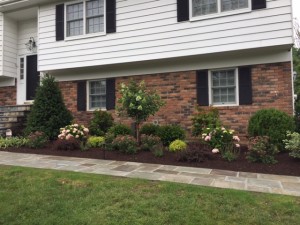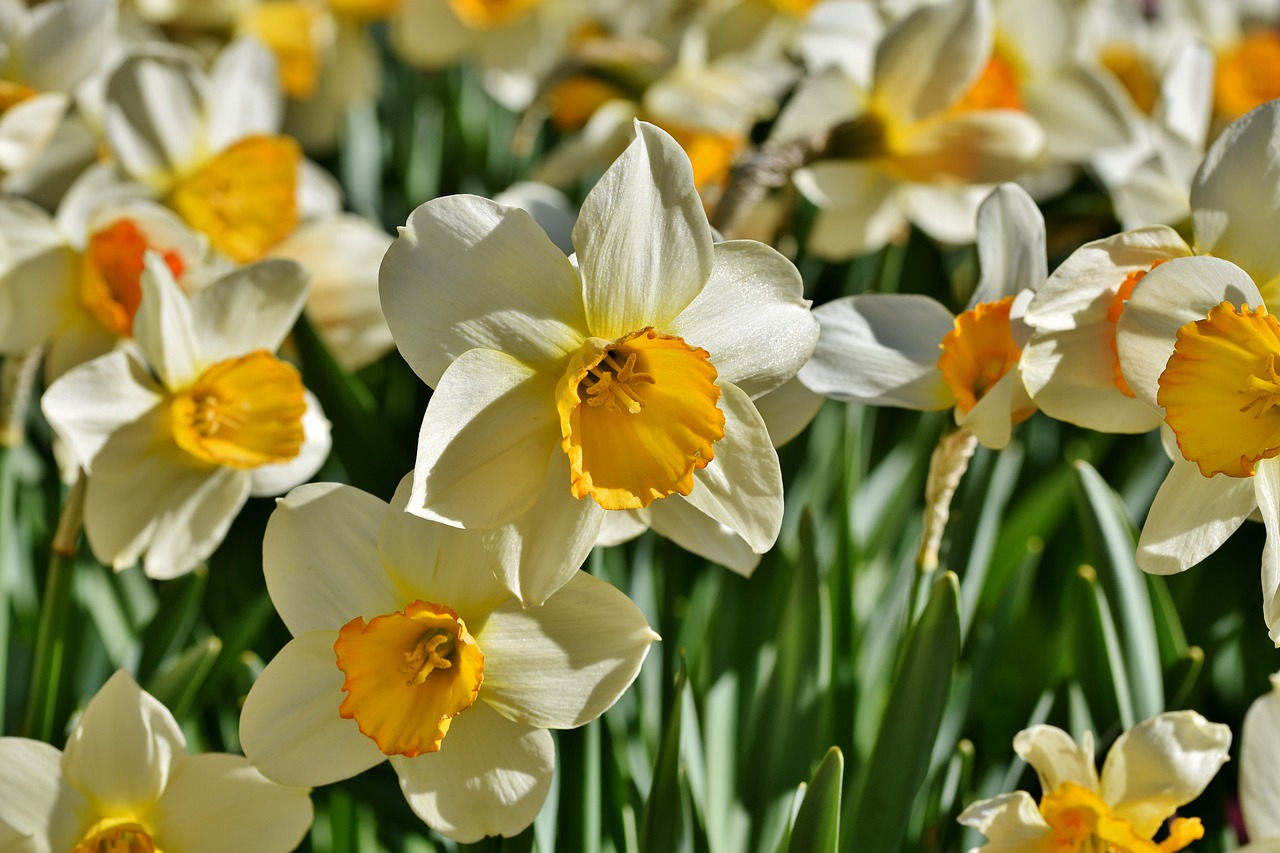Above is a picture of newly front foundation plantings. Recently we redesigned the front foundation plantings from overgrown and unwanted shrubbery to a combination of flowering evergreens and perennials. This plant selection will give color throughout spring, summer and fall.

